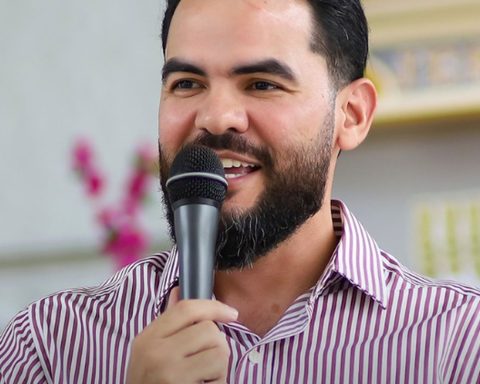AREQUIPA, Peru – Some 218,000 people live in the mountains of Santiago de Cuba. These hills are home to nearly half (3,009.63 kilometers) of the province’s road network, of which only 531 kilometers are in good condition.
A report from the state newspaper Granma It highlights the precarious situation of the roads and highways in these rural and mountainous areas, especially after almost 40 years of the Turquino Plan that the Cuban regime sells in official propaganda as the champion of “integral and sustainable development” of these places.
“This means that there are numerous difficulties in transporting passengers, goods and patients to most of the hundreds of communities that exist here, some with significant population decline and others on the verge of disappearing,” the note says.
Only 22% of the road network in the mountain area is in good condition. Given this situation, the highest authorities Santiago de Cuba promotes a strategy executed by local governments and various entities, to “rehabilitate hundreds of kilometers, not a few with asphalt, as is happening in the Gran Piedra area, in the main municipality.”
However, road improvements in the Sierra Maestra are hampered by a shortage of personnel, tools and budget.
Glenis Rivera Veranes, for example, leads 19 rural road maintenance workers. “Each one takes care of two kilometers along the road, and clears and cleans two meters on each side of the curbs. It is a difficult job, there is a shortage of files, hoes, picks and shovels; people help us, but the work is from sunrise to sunset, especially when the afternoon rain ruins everything we have done,” she told Granma.
Rivera Veranes is part of the 304 workers that the Construction Company of Special Works and Road Maintenance placed in the territory of Santiago.
“It is a troop that has decreased in recent years, because we need 492 workers and the available positions speak for themselves,” he said.
“The salary issue has an impact, since it is around 2,500 pesos, and so does the budget. In municipalities like San Luis, they have practically no road workers —as the population calls them—,” said Patricia Estrada Rey, Engineering Director of the aforementioned company.
In Guamá, one of the three municipalities that are entirely mountainous, the situation is not favourable either. According to the president of the Municipal Assembly of People’s Power, Yurdis Batista Espinosa, there “they do what they can”.
“The situation is unfavorable in El Oro and La Cuevita, but there the delegates of the constituencies call on the voters to support the work of the road workers; even the president of the popular council of Chivirico, Manuel Gutiérrez Suárez, mobilizes dozens of men and women to collaborate in areas where the use of mechanized techniques is not necessary,” he explained.
The current reality of rural and mountainous areas in Santiago de Cuba, limited by the lack of access and services, has demonstrated the unsustainability of Castro’s Plan Turquino, aggravated by the negligence of the Council of State, the main party responsible for its implementation since 1987.

















